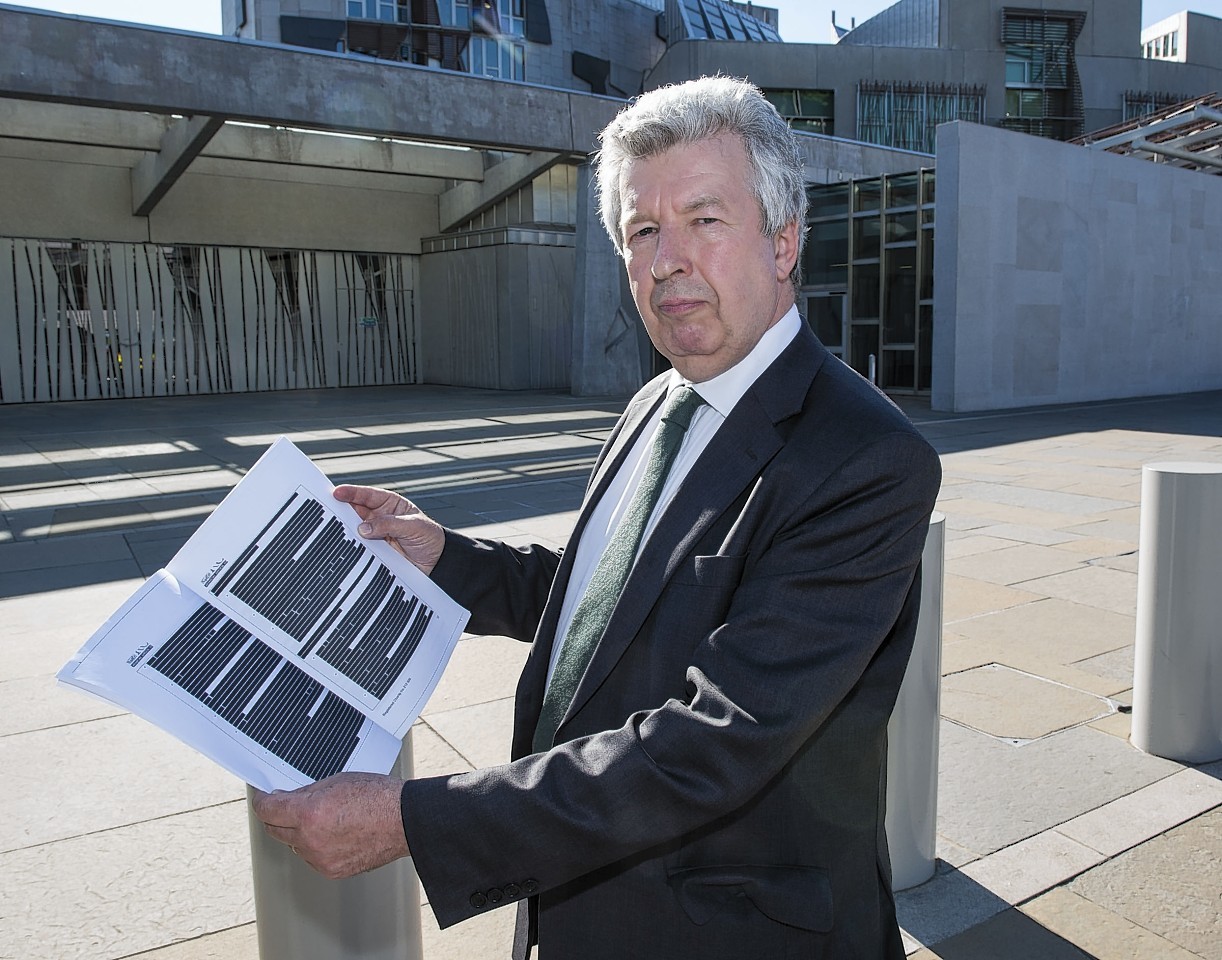Calls have been made for a review of plans to shut police control rooms in Aberdeen and Inverness after an IT project was scrapped.
North-east Labour MSP Lewis Macdonald claimed yesterday the “collapse” of the planned system – called i6 – had cast doubt on the overall proposal to centralise call handling.
His comments came as it emerged Police Scotland, the Scottish Police Authority (SPA) and Accenture had mutually agreed to end their contract for the programme.
In a statement the SPA explained it had become clear the technical solution could not be delivered within expected timeframes and budget.
Critics of the plans for 999 and 101 calls from the north and north-east to be answered in the central belt have claimed the loss of local knowledge could put lives at risk.
Mr Macdonald said walking away from the system ahead of the proposed closures in October was “typical of the problems” that had “afflicted” plans from the start.
He added: “The collapse of the planned IT system must throw into doubt not just the closing date, but the overall plans for centralising control room functions within Police Scotland.
“Surely now the control room closure plans need to be urgently reviewed. As the costs of IT failures mount, the idea of switching from real control rooms in Aberdeen and other cities to a virtual one for the whole of Scotland should be scrapped too.”
Police Scotland rejected his claims immediately, insisting i6 and the plans for centralising C3 division, which handles emergency calls, were not dependent on each other.
A spokesman added: “They are separate work streams which were not linked.”
The SPA confirmed at the end of last week that the settlement had resulted in no financial detriment to the police budget.
It also sought to reassure the public and its workforce that the output of i6 was only one element of its overall IT plans.
A Her Majesty’s Inspectorate of Constabulary Scotland (HMICS) report after the M9 tragedy suggested the control rooms should not be closed until there were “independent assurances” about their ability to operate safely.
Yesterday a Scottish Government spokeswoman said that following its publication, Police Scotland had committed to implementing all 30 recommendations set out.
She added: “Those recommendations call for a series of short and medium term actions to be taken forward over the life of the project to remodel call handling provision.
“All further phases of the call handing project will only proceed once the SPA receives independent assurance that Police Scotland is ready.”
